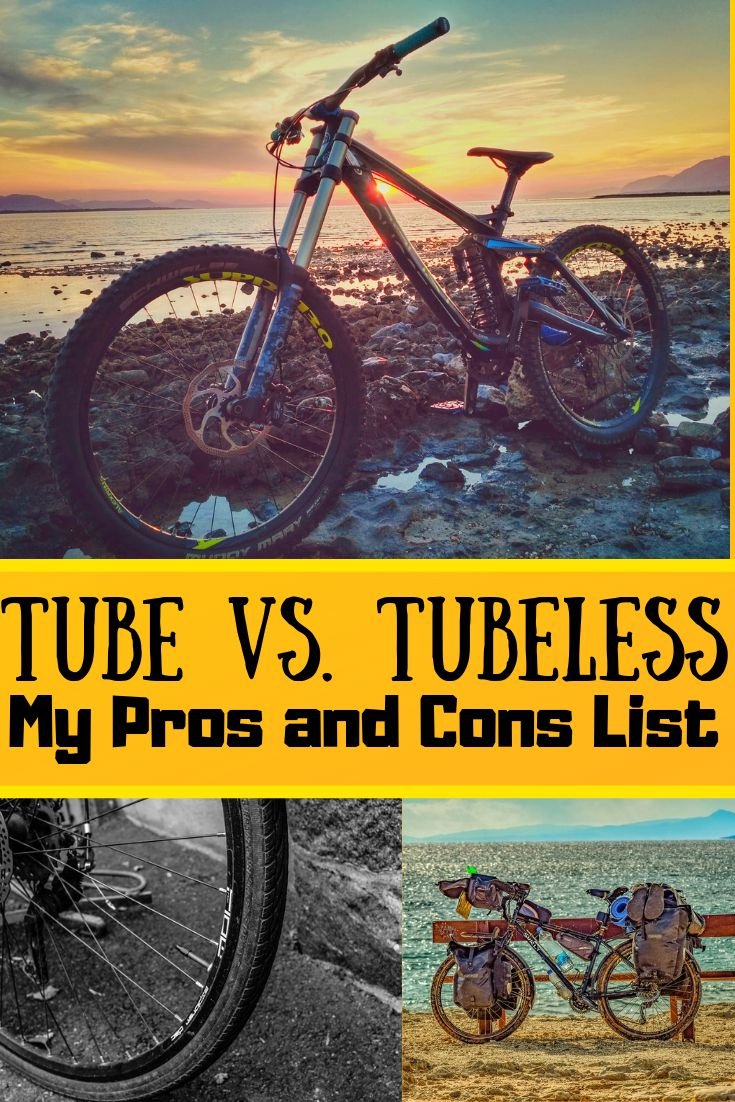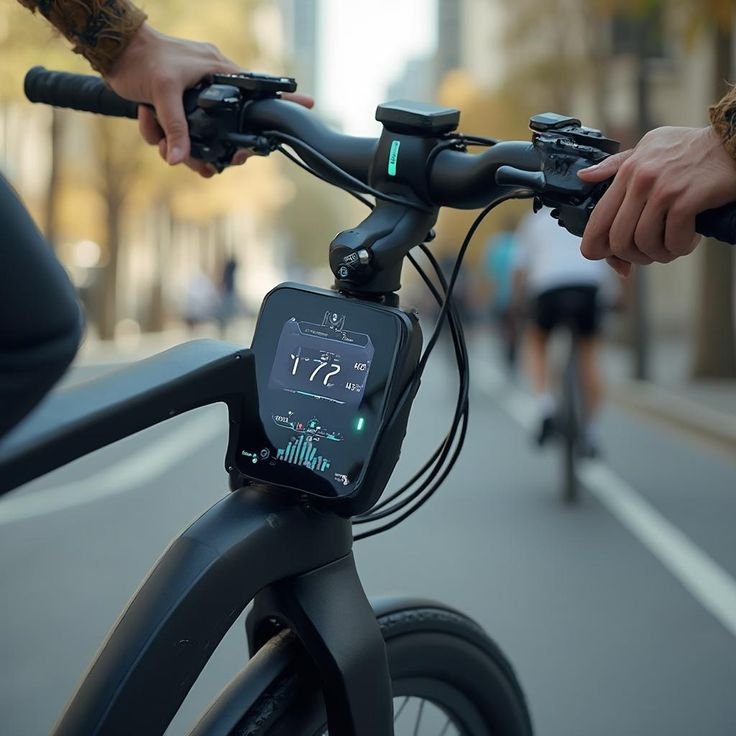
Tube vs. Tubeless Tires for E-Bikes
Tube vs Tubeless Tires for E-Bikes
The adoption of e-bikes has made the environment greener. They fall somewhere in
the middle between conventional bikes and completely motor-powered e-bikes.
They benefit from this as it makes it easier to go around the city, visit stores, go
riding on the weekends, and even work out for fun. The risk of getting a puncture is
perhaps the most concerning thing for any biker, but for e-bike riders, it may be a
potentially annoying issue. If the tubeless tire system is not in place, a flat tire might
lead to a terrible portion of the trip or even the whole cancellation of the trip. There
are two tyre technologies that are frequently encountered: tube and tubeless. Are
tires without tubes superior? Understanding the advantages and disadvantages of
these options will assist you in selecting the best one for your electrical bicycle
travels. To assist you in making the best decision when purchasing an e-bike, the
article will explain how tubeless tires work and discuss their benefits and drawbacks.
What are Tube Tires?
The conventional configuration for bicycle wheels is a tube tire. The two components
are an exterior tire on the outside and an inner tube within. The inner tube is a flat,
inflated bladder composed of rubber. As a result, the valve develops a chamber of
compressed air that acts as a balloon to push against the inner tube. The tire is
trimmed into the proper form by the ambient air within the large hollow tube, which
eventually compresses against the tire. Many riders choose this well-known design
because it is simple to comprehend and work on.
What are Tubeless Tires?
With a far more sophisticated construction, tubeless bicycle tires opt to isolate the
inner tube from the entire struggle. The tyre itself, which is the central component
of the system, is completely immobile and has a ring-like form that fits the wheel’s
rim exactly to create an airtight seal. The availability of a sealer that is applied within
the tire during installation allows for the extension to this upgraded low-profile tire.
As a self-healing component, this glue is a liquid that may be applied sparingly to
puncture sites during flight. Tubeless bicycle tires may be used at lower pressures
even when the outer tube is deficient, which results in a smoother ride and possibly
better grip than regular tires, which require a pressurised air tube within the tire. On
the other hand, this design is not the best as it might take longer to install and
maintain than a tube tire. In this situation, fixing a flat could also be a little more
difficult.
Tube vs Tubeless Tires: Inflating Your Ride with the Right Choice
There are two primary choices when it comes to bicycle tires: traditional tube tires
and tubeless tires. Each kind has advantages and disadvantages, but the sort ofriding
you are doing and your riding priorities will help you choose the one that will
maximise your bicycle experience.
Tube Tires: Familiar and Fixable
These are the classic bicycle tires you likely know and love. Here’s what they offer:
Advantages:
Simple Setup and Repairs: With the right equipment and knowledge,
changing a flat tube is simple.
Budget-Friendly: Compared to their tubeless equivalents, tube tires
and inner tubes are often less costly.
Easy to Find: Most bike stores have extra tubes, so there’s
no need to search for replacements.
Disadvantages:
Flat Frenzy: Road hazards or squeezing between the tire and rim are
more likely to puncture inner tubes.
Less Comfort: Compared to tubeless, a stiffer ride may result from the
higher air pressure required for operation.
Added Weight: But the tube that makes up around one-fourth of the
wheel’s capacity is also somewhat hefty.
Tubeless Tires: Puncture-Resistant Performance
Are tubeless tires superior than those with tubes? There is no inner tube technique for
tubeless tires; instead, try something else.
Advantages:
Fewer Flats: For a worry-free ride, the sealant acts as a self-healing
mechanism, plugging tiny punctures.
Smoother Ride: The airtight seal allows for lower air pressure, which
may increase grip and provide more comfort.
Lighter Weight (Sort of): Although the sealant and valve system add a
little back, removing the inner tube can save weight.
Disadvantages:Costlier Choice: The cost of tubeless-ready tires and rims is often
greater than that of conventional alternatives.
Setup Showdown:Because of the sealant, installing tubeless bicycle
tires can be more difficult and messy.
Flat Fix Fumble: It might be more difficult to fix flats on tubeless tires
than it is to replace a tube. As a precaution, you may need to have an
extra tube on hand.
Sealant TLC: As the sealant dries down over time, it requires frequent
top-ups.
So, Tube or Tubeless? You Decide!
In the end, your riding preferences and style will determine whether you choose a
mountain bike with tube tires or one without. Tube tires can be ideal if you value an
inexpensive, simple-to-install configuration and aren’t too worried about flats.
However, tubeless bicycle tires might be a worthwhile improvement if performance,
smoother riding, and puncture resistance are top priorities.
Regular tires with tubes are generally the best option for riders competing in really
long bike races (think days, not hours). The reason is that tubeless tires require more
frequent air additions throughout the race due to their little air leakage. That might
not seem like much, but these races are actually pretty challenging, and getting
sidetracked by anything else won’t make you go faster. Regular tires with tubes stay
compressed for a considerable amount of time due to continuous air resources, which
causes the racer to focus entirely on the race and not have time to replenish the tires
during the competition.
Tank G50: Power, Comfort, and Convenience for City Riders
A powerful 1500W motor for street navigating, fat tires for traction on any surface, a
long-range battery of up to 68 miles, full suspension for a smooth ride, seven-speed
gears for effortless pedalling, and front and rear lights for safe nighttime commutes
are just a few of the city-conquering features of the Tank G50 electric bike. You can
turn it into a handy errand-runner with an optional rear baggage rack, and an LCD
keeps you informed.
Tube tires are more affordable and easier to patch, but they also get more flats.
Although tubeless tires are smoother and more flat-resistant, they are more expensive
and require more maintenance. Decide if performance or convenience is more
important to you.


